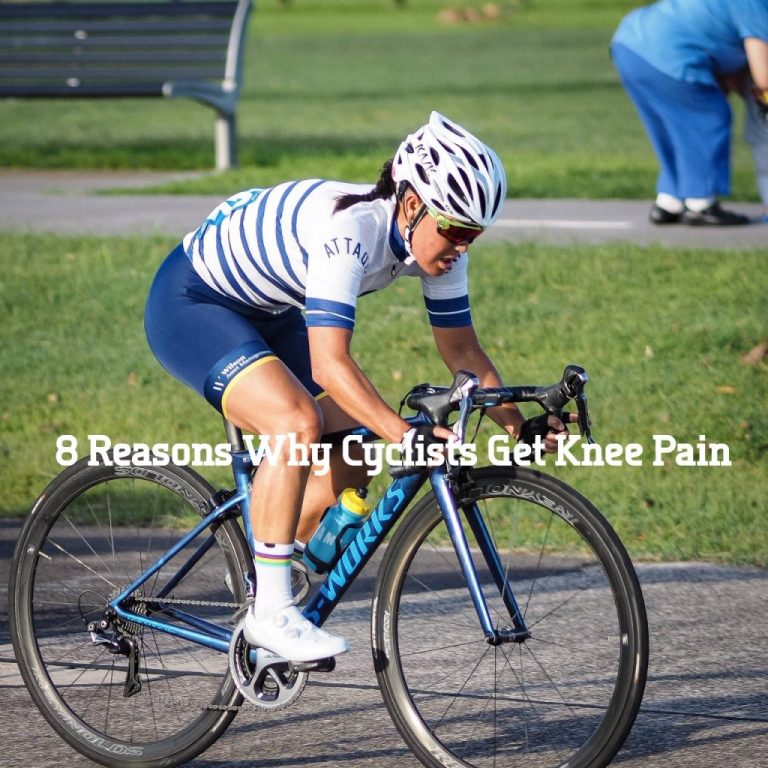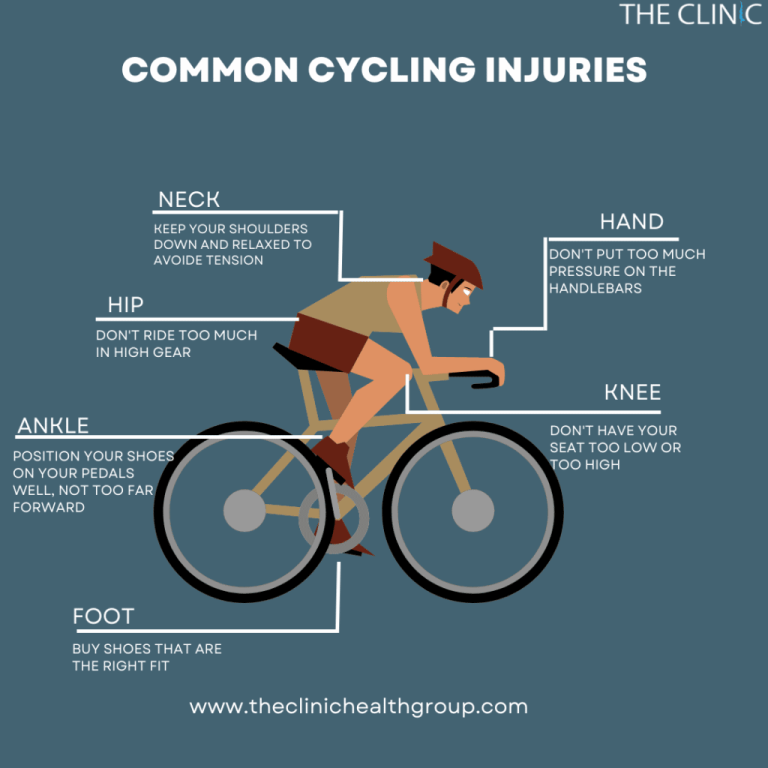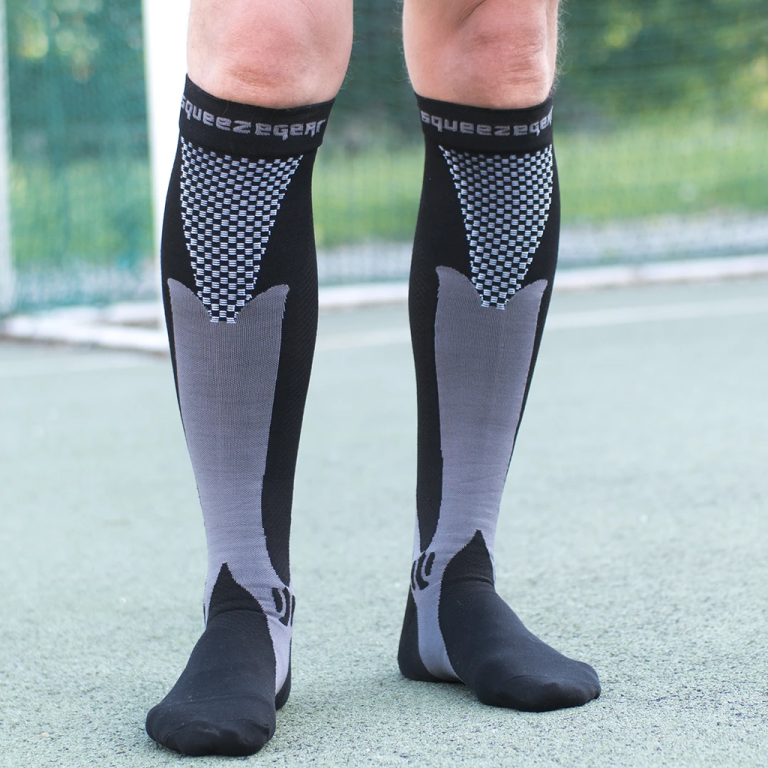“`
Treating saddle sores Effectively: A Comprehensive Guide for cyclists
Introduction
Saddle sores are an often underestimated yet significant concern for cyclists, affecting both novices and seasoned riders alike. These painful skin irritations can greatly impact cycling performance and endurance. Properly addressing this common ailment is essential not only for comfort but also for optimizing overall cycling experience and performance. Effective treatment and prevention of saddle sores ensure that riders can maintain their focus on important aspects like cycling performance metrics and bike maintenance tips, rather than enduring unnecessary discomfort.
The prevalence of saddle sores underscores the need for practical solutions. Delving into saddle sores treatment, the benefits of saddle sore cream, and the role of cycling hygiene are critical in mitigating this issue. Understanding cycling saddle sores remedy, methods to prevent saddle sores, and the advantages of chamois cream benefits are essential knowledge for any cyclist.
Main Body
Understanding Saddle Sores: Causes and Symptoms
Saddle sores are typically caused by the friction and pressure encountered during cycling, especially on longer rides. The combination of heat, sweat, and constant movement often leads to skin irritation, chafing, and sometimes, bacterial infections. Understanding the genesis of sores from cycling is the first step in effective treatment and prevention.
training techniques for Cyclists to Prevent Saddle Sores
Proper training techniques play a crucial role in managing and preventing saddle sores. Cyclists should focus on gradually increasing their mileage to allow the body time to adapt, reducing the strain that often leads to such sores.
Moreover, training with the right cycling cadence and performance metrics can help distribute pressure evenly, minimizing potential points of friction. Utilizing power-based training approaches and maintaining a smooth pedaling technique can greatly alleviate the problem.
Choosing the Right cycling gear
Wearing appropriate cycling gear is paramount in preventing saddle sores. Selecting shorts with well-fitted chamois can provide additional cushioning and reduce friction. The chamois cream benefits are noteworthy, as they offer a protective barrier to reduce skin irritation.
Also, ensuring your bicycle seat is ergonomically designed and properly adjusted can significantly reduce the pressure points that lead to bike seat sores, thus offering relief and a more comfortable ride.

nutrition practices for Cyclists
While it might not be immediately obvious, nutrition plays a subtle yet vital role in skin health and the body’s ability to manage and recover from sores. A diet rich in vitamins and minerals, particularly those with anti-inflammatory properties, can support skin resilience and promote faster healing of any cycling rash.
Practical Tips for Cycling Hygiene
Maintaining good cycling hygiene is crucial in preventing and treating saddle sores effectively. Riders should aim to change out of sweaty gear promptly and invest in breathable, moisture-wicking apparel. Ensuring proper skincare for cyclists by utilizing antiseptic washes helps in keeping skin infections at bay.
Advanced Anti-Chafing Techniques and Products
Exploring advanced anti-chafing techniques, such as using specialized ointments and creams, can provide added protection. The application of saddle sore cream or ointment before riding helps create a slick surface that reduces friction.
Some cyclists swear by strategic taping methods or use moleskin to cover vulnerable areas prone to chafing, thus offering an additional layer of protection.
Actionable Steps for Saddle Sore Treatment and Recovery
Should saddle sores occur, prompt treatment is vital. Steps to treat cycling sores include:
Clean and Dry the Area
Gently wash the affected area with mild soap and water. Ensure the skin is completely dry before applying any treatment.
Apply Medicinal Ointments or Creams
Products like saddle sore creams with soothing and healing properties can be beneficial. Look for creams with ingredients like aloe vera or calendula for natural relief. For infected sores, a doctor might recommend an antibacterial ointment.
Rest and Recovery
Allow the skin to heal by reducing cycling volume or taking rest days. If a ride cannot be avoided, modify gear temporarily and ensure the saddle doesn’t aggravate the sore further.
Blister Care for Cycling
For blister-like sores, proper care is needed. Avoid puncturing, and cover with a breathable bandage to protect it while healing.
Real-Life Success Stories
Jane, an avid cyclist, once faced chronic sores but changed her routine after understanding her bike fit was the culprit. Adjusting her bike seat and incorporating chamois cream benefits into her regimen resolved her issues, enabling her to enjoy her rides pain-free.

Data, Metrics, and Studies
Consistent data shows that about 60% of cyclists experience saddle sores at some point. Research indicates that proper bike fittings and use of chamois creams can reduce the incidence considerably. A study from Sports Medicine found that cyclists who adhered to prescribed anti-chafing techniques reported 35% fewer sore episodes than those who did not.
User Intent and Benefits
Addressing saddle sores effectively aligns with various user intents, like enhancing endurance or optimizing workouts. By minimizing discomfort, cyclists can focus on endurance training sessions and cycling techniques for beginners aimed at increasing stamina. Cycling comfort solutions, like proper bike fitting and gear, as well as saddle sore prevention tips, enhance overall experience and performance.
Conclusion
In summary, treating saddle sores effectively is a blend of prevention and care. Prioritizing proper cycling hygiene, selecting the right gear, and employing anti-chafing techniques are foundational steps. Adopting an informed approach ensures that cyclists can enjoy their passion without the distraction and discomfort of saddle sores. So, get ready to hit the road with confidence and comfort! Share your experiences or additional tips in the comments, and let’s continue the journey to pain-free cycling together.
FAQs
1. What causes saddle sores?
Saddle sores are primarily caused by friction, pressure, and sweat accumulation during long rides. Poorly fitted gear or bicycle seats can exacerbate the condition.
2. How can saddle sores be prevented?
Proper bike fitting, wearing suitable cycling shorts, using chamois creams, and maintaining good hygiene can significantly prevent saddle sores.
3. Can I continue cycling with saddle sores?
It’s advised to rest and treat saddle sores properly before returning to cycling to prevent worsening the condition. Modifying rides to lessen pressure points can still allow some activity.
4. Are there home remedies for treating saddle sores?
Yes, clean the area with mild soap, keep it dry, and apply soothing ointments like aloe vera. Ensure adequate rest to promote healing.
5. What should I look for in a saddle sore cream?
Opt for creams with anti-inflammatory ingredients, quick absorption, and those providing a moisture barrier. Natural ingredients like calendula and aloe vera are beneficial.
“`






